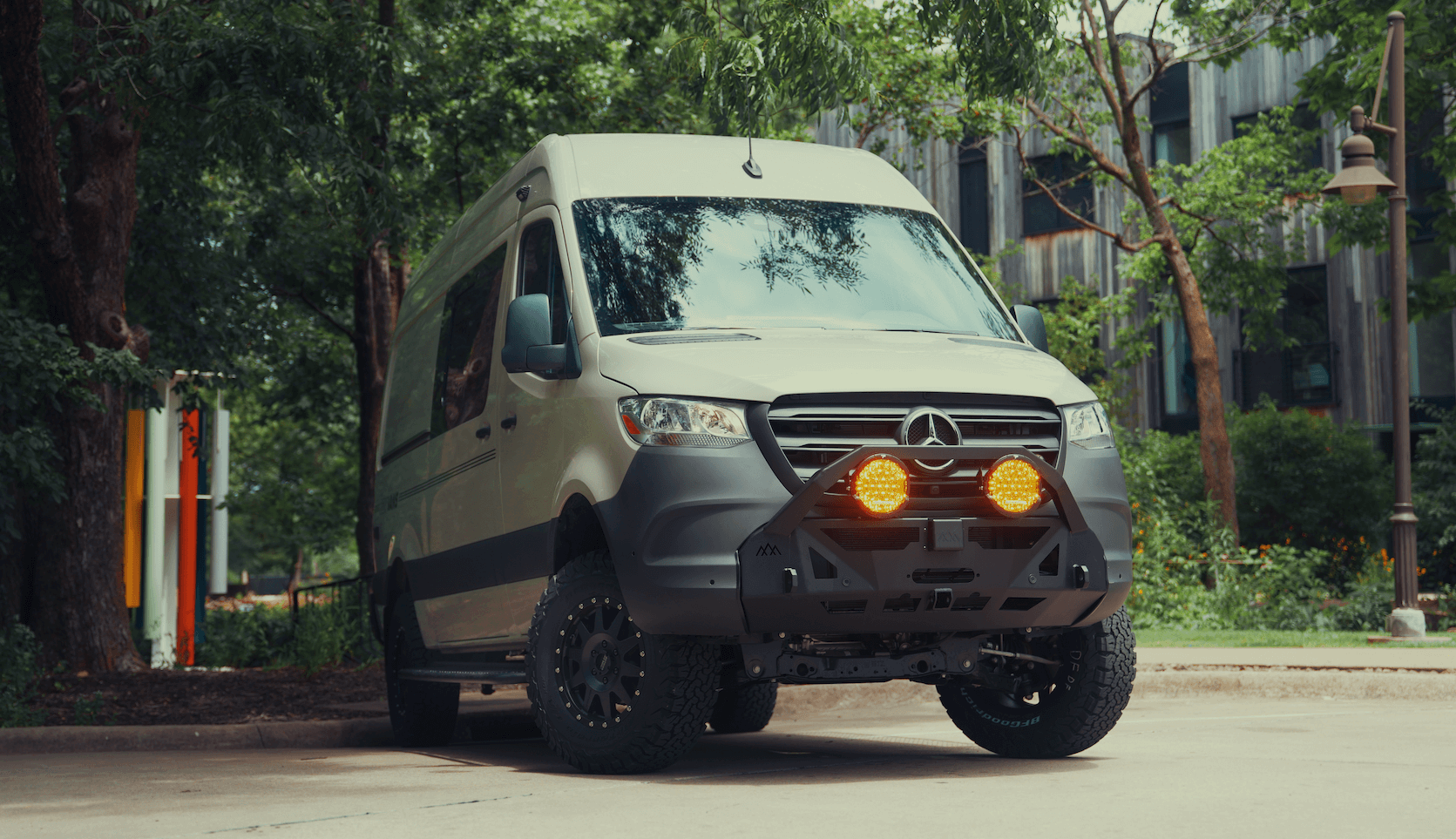Recreational Vans

Activated carbon is carbon that has been heat treated to create an enormous network of pores. Those pores present a huge surface area where molecules stick through adsorption. In inline carbon filters, air or water flows through a packed bed or a formed block of this media. As the stream contacts the carbon, odor molecules, VOCs, chlorine, and sulfur compounds adhere to the surface while the carrier fluid keeps moving.
Two common media formats appear in inline designs. Granular activated carbon flows like coarse sand and is popular for water lines thanks to low pressure drop and broad contact. Carbon block compresses powdered carbon into a rigid element, which improves fine contaminant reduction and consistency at the cost of higher resistance. For air handling, pelletized or granular beds in sealed housings are typical, paired with a prefilter to keep dust from clogging the carbon.
Adsorption capacity depends on pore size distribution, surface area, and contaminant chemistry. Coconut shell carbon often excels at taste and odor while coal based variants may target a wider VOC range. Temperature and humidity also matter. Warmer air can reduce capacity, while very high humidity can crowd pores with water. In water service, chlorine removal is straightforward, but heavy metals or microbes require additional technologies beyond carbon.
Start with the job to be done. For air systems, define your duct size, cubic feet per minute, and the odor source. A filter must match the duct diameter to avoid turbulence and leaks. Look for a recommended CFM range and select a model that provides adequate dwell time at your fan speed. If you run a variable speed fan, size for typical and peak speeds to avoid early breakthrough.
For water, match gallons per minute and line pressure. Carbon blocks have rated flow and often include certifications for aesthetic effects like taste and chlorine reduction. If you need lead reduction or cyst reduction, confirm the specific claims and test standards. Always place a sediment prefilter upstream in turbid water to prevent blinding the carbon with grit.
Noise and power matter in compact spaces. Longer housings increase contact time but take more room. Larger diameters can reduce resistance and fan noise. In mobile applications, vibration resistant mounts and secure fittings keep media beds stable and prevent leaks. For air, consider a washable prefilter and a sealed housing with quick clamps for service. For water, quick connect fittings simplify swaps and reduce downtime during maintenance.
Carbon is a consumable. As pores fill, removal efficiency falls and the filter reaches breakthrough. In air systems you may notice faint odors returning or pressure drop increasing. In water systems taste may change or flow may slow. Replace on an interval based on rated capacity, hours of use, and contaminant load, not just calendar time. Always flush new cartridges to remove carbon fines before use.
Inline carbon filters are friendly to compact builds because they sit right in the path of your ventilation or water lines. Use matched diameter ducting and smooth interior hoses to prevent pressure spikes. Seal every joint to prevent bypass, since even small leaks can undermine performance. For water, use food grade tubing, support long runs, and keep the canister accessible. Label flow direction on the housing and keep spare cartridges on hand.
Carbon does not fix everything. It will not add oxygen, remove dissolved salts, or block pathogens on its own. For clean breathing air, pair carbon with particle filtration. For potable water, use sediment pretreatment and consider ultraviolet or other disinfection where needed. Dispose of spent carbon according to local guidance. Regeneration is industrial and not a home process.
When you want clean air and better water inside a compact cabin, the filter choice is only half the story. The other half is how the system integrates with ventilation, pumps, electrical load, and storage. That is where our team brings value. We design airflow and plumbing paths that protect contact time, cut noise, and simplify service while keeping power draw in check. For customers building an adventure ready van, our packages incorporate inline carbon for cooking odor control and for chlorine and taste reduction at the tap, tested end to end before handoff.
Our shop plans and installs systems that survive vibration and weather swings, with mounts, clamps, and routing tailored to your platform. If you are exploring options for a future rig, start by scanning our Recreational vans. Ready to map your layout around real travel needs. See how we approach layouts on Custom build vans, or browse platforms that finance on Mainstream vans.
Tell us how you camp, cook, and travel. We will translate those habits into a quiet vent system and a tidy water line that uses the right inline carbon filter, with smart access points and a service plan that fits real life. Your cabin should smell like the trail, not last night’s dinner, and your water should taste like a fresh pour every time.
Contact us to start your spec and schedule.
Want fresh air and clean water in your rig without guesswork. OZK Customs engineers and installs inline carbon solutions that match your airflow, pressure, and water demands. Tell us how you travel and we will design a quiet, efficient system that controls odor and taste while protecting your power and storage budget. Start your build plan now.
ADDRESS:
6159 E Huntsville Rd, Fayetteville, AR 72701
PHONE:
(479) 326-9200
EMAIL:
info@ozkvans.com